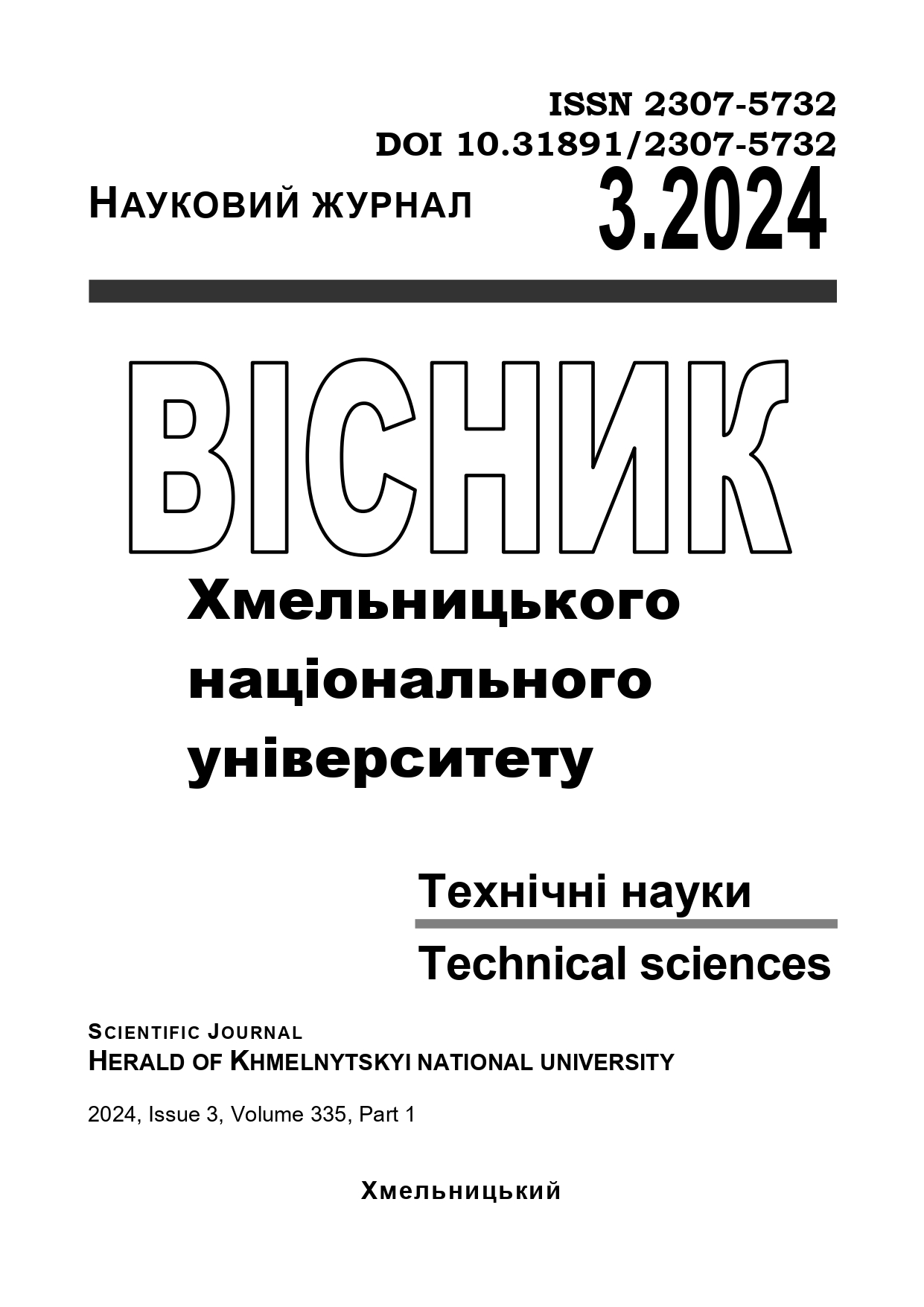INFORMATION SYSTEM FOR TRANSPORT INFRASTRUCTURE OF A SMART SOCIOPOLIS: TRUSKAVETS
DOI:
https://doi.org/10.31891//2307-5732-2024-335-3-33Keywords:
smart sociopolis, public transportation, transportation infrastructure, UML diagrams, class diagramsAbstract
"A Smart Sociopolis" is a sociopolis that has achieved the "smart" status by implementing projects that improve the living conditions for the community as a whole in various sectors through information and communication technologies. Therefore, for a sociopolis to be considered smart, it should be convenient for its residents.
When evaluating smart sociopolises, the main areas are ecology, social sphere, innovation and technology, public transportation, economy, and management systems.
The transportation sector in smart cities plays a crucial role in ensuring efficient mobility, reducing traffic congestion, and enhancing the quality of life for residents. Common residents (if he or she doesn’t work from home, or don’t live near their work) spend from one to three hours each day to arrive at the office, plant, or another type of workspace and versa, to arrive to the home. Also, the current residents can use their own vehicle or public transport such as busses, subway, trolleybus, etc.
One of the important aspects of "convenience" in a smart sociopolis is transport and transportation infrastructure. One of the most important targets of smart sociopolisies in field of the transport infrastructure is to reduce the number of vehicles on the streets, reduce air pollution, and make more popular and convenient public transport, especially by using information and communication technologies, because they can improve in short perspective the infrastructure with fewer costs, involved in the development of the implementing projects.
To some extent, the transportation infrastructure, specifically the network of roads, is a strategic component of the development of a smart sociopolis, requiring special, particular, and separate development, an analysis of the current state, and planning for the construction of future pathways.
The article highlights the features of creating and implementing information systems aimed at optimizing the transport infrastructure in the city of Truskavets. The authors discuss key aspects of a smart city and approaches to using modern technologies such as the Internet of Things (IoT) and data analysis to improve the quality of life for residents and the efficiency of city management. The research reflects the importance of integrating various sources of information and developing information infrastructure to achieve the goal of creating a smart and efficient sociopolis.

